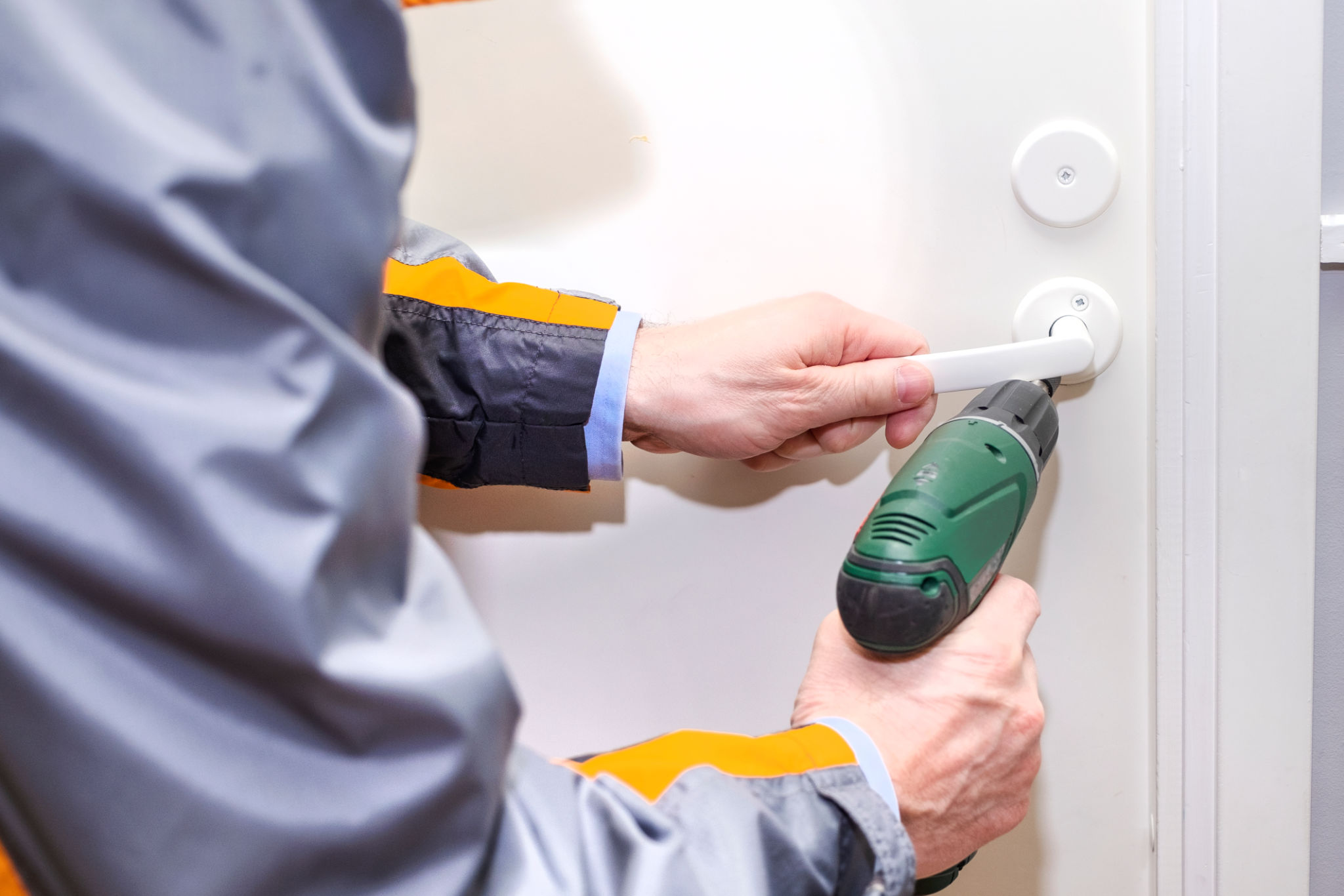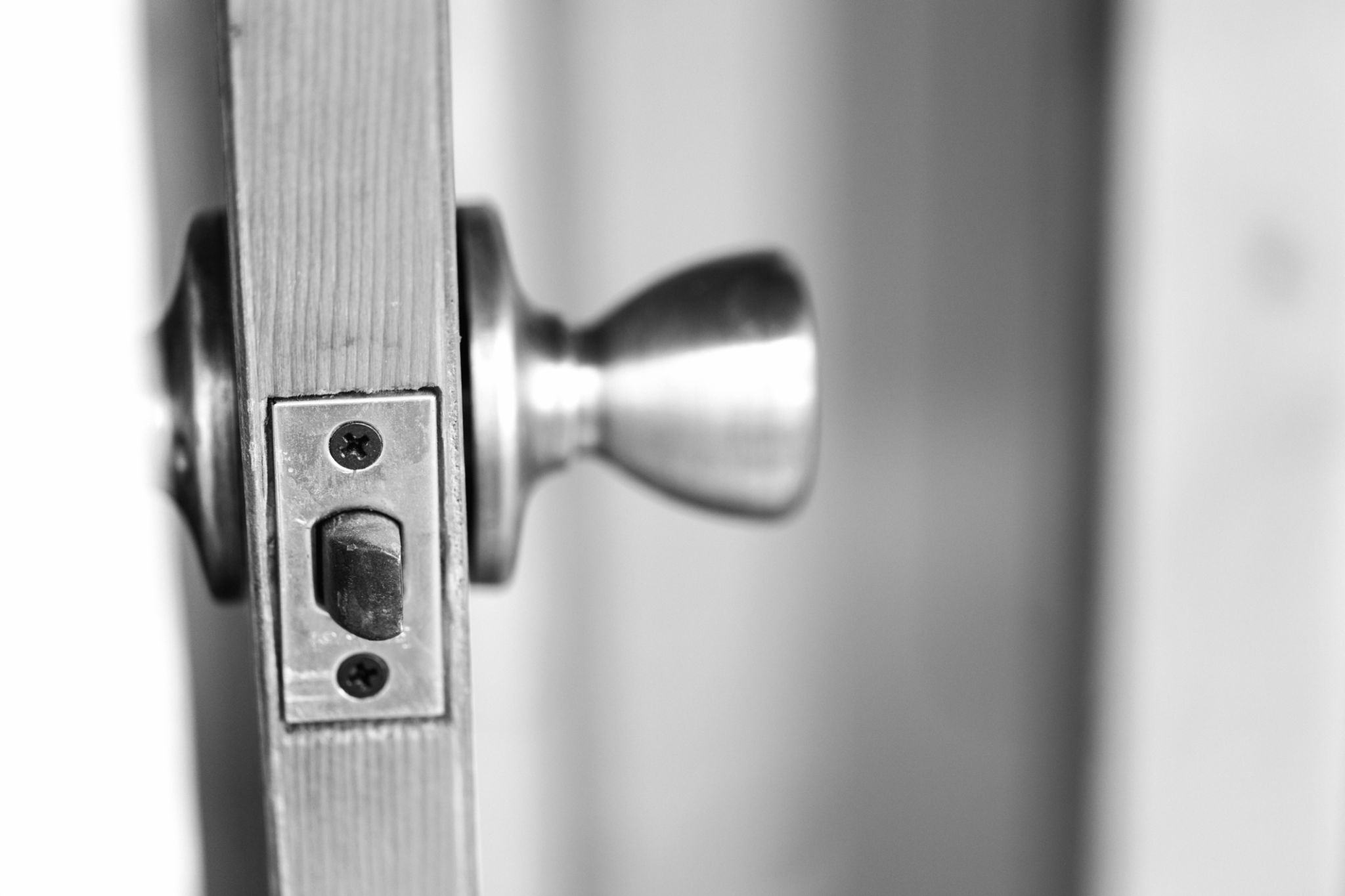Top 5 DIY Lock Repairs You Can Try Before Calling a Locksmith
When it comes to lock issues, many people immediately think of calling a locksmith. However, there are several DIY lock repairs you can try before making that call. These simple fixes can save you time and money, and they require only basic tools and skills. Here are the top five DIY lock repairs you can attempt on your own.
1. Tightening Loose Door Handles
A common issue with locks is a loose door handle, which can affect the lock's functionality. To address this, check for visible screws on the door handle or knob. Using a screwdriver, tighten these screws to ensure the handle is secure. If the screws are hidden, look for a small hole or slot on the handle where you can insert a small tool or screwdriver to access them.

Check for Hidden Set Screws
Some handles have hidden set screws. If the handle still feels loose after tightening visible screws, try to find these hidden screws. Once located, tighten them carefully to secure the handle.
2. Lubricating a Stiff Lock
If your lock is difficult to turn, it might need lubrication. Start by purchasing a graphite-based lubricant or a silicone spray—avoid using oil-based products as they can attract dust and grime.

Applying Lubricant Properly
Insert the lubricant's nozzle into the keyhole and apply a small amount. Insert the key into the lock and turn it several times to distribute the lubricant evenly. This should make the lock easier to turn.
3. Realigning a Misaligned Door Latch
A door that doesn't latch properly may have a misaligned strike plate. To fix this, inspect the alignment of the latch with the strike plate. If they don't line up, you may need to adjust the strike plate’s position.

Adjusting the Strike Plate
Loosen the screws on the strike plate and slightly adjust its position until it aligns correctly with the latch. Tighten the screws and test the door to ensure it latches properly.
4. Fixing a Key Stuck in a Lock
A key stuck in a lock can be frustrating. First, gently jiggle the key while applying slight pressure to extract it. If this doesn't work, spray a small amount of lubricant into the keyhole and try again.
Using Pliers for Assistance
If necessary, use pliers to grip the key firmly and pull it out slowly while continuing to jiggle it gently. Be cautious not to use excessive force to avoid breaking the key.
5. Replacing a Broken Key in a Lock
If your key breaks off in a lock, removing the broken piece is essential before using a new key. Use needle-nose pliers or a broken key extractor tool to carefully extract the broken part from the lock.

Prevent Future Breakages
Once removed, check for any damage inside the lock and consider lubricating it to prevent future issues. Ensure you have a spare key or get a new one cut from an original to avoid repeated breakage.
These DIY lock repairs can be simple yet effective solutions for common lock problems. However, if you encounter more complex issues or if these fixes don’t work, it's best to call a professional locksmith for assistance.